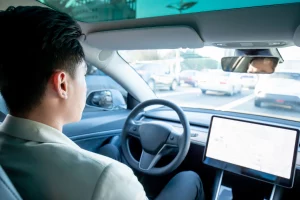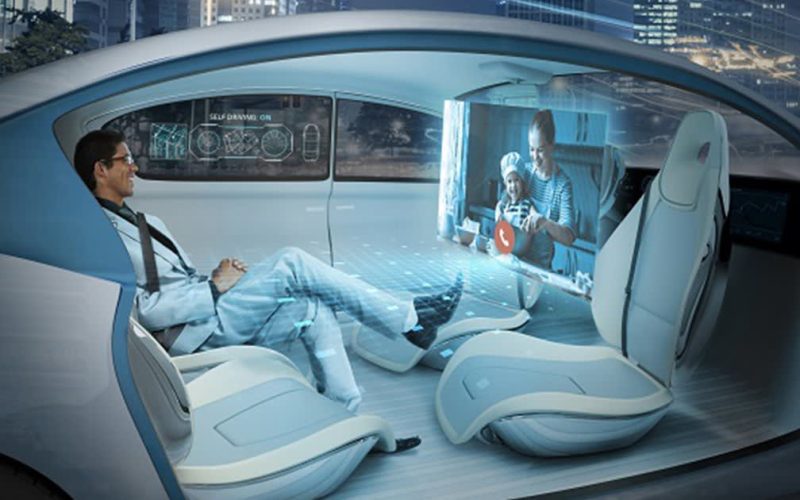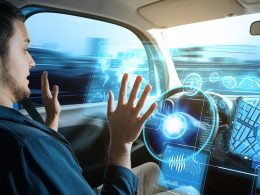In the realm of transportation, the rise of autonomous vehicles (AVs) heralds a seismic shift, poised to transform the urban landscape in unprecedented ways. As these self-driving vehicles inch closer to widespread adoption, the ripple effects on urban planning, infrastructure, and transportation systems are primed to be profound and multifaceted.
Redefining Traffic Dynamics
One of the most notable transformations will occur in the realm of traffic flow. AVs, equipped with advanced sensors and AI algorithms, promise optimized navigation and coordination, potentially minimizing congestion and traffic accidents. The era of stop-and-go traffic could fade as AVs communicate seamlessly, creating a smooth, efficient flow on roads. This optimized movement might necessitate a reevaluation of traditional traffic patterns and road layouts, as urban planners strive to accommodate this new dynamic.
Reimagining Urban Infrastructure
With the advent of autonomous vehicles, the role of parking spaces is poised for a significant overhaul. AVs could reduce the need for vast parking lots and garages by adopting a model where they constantly move or are shared among users, minimizing the need for stationary parking. This shift could lead to repurposing urban spaces, converting parking lots into green areas, housing, or commercial zones, revitalizing cities and making them more people-centric rather than vehicle-centric.

Evolution of City Design
Urban planners will face the task of adapting city design to the realities of AVs. This could encompass redesigning intersections, creating designated pick-up and drop-off zones for shared AV services, and integrating charging stations for electric AVs. Additionally, infrastructure changes might include dedicated lanes or zones for AVs, creating a harmonious coexistence with traditional vehicles and pedestrians.
Impact on Public Transportation
The proliferation of AVs might also influence public transportation systems. Integrating autonomous shuttles or buses into existing transit networks could enhance accessibility and efficiency, offering last-mile connectivity and bridging gaps in underserved areas. Coordinating these efforts could lead to a more seamless, multimodal transportation ecosystem, encouraging a shift away from personal car ownership toward shared mobility options.
Addressing Socioeconomic and Equity Concerns
However, amidst this wave of innovation, concerns arise regarding equitable access and socioeconomic disparities. Affordability and accessibility to AV technology might exacerbate existing divides, unless concerted efforts are made to ensure inclusivity. Urban planners must prioritize equitable distribution of AV services, ensuring they reach all demographics and communities, including those historically underserved by traditional transportation systems.

Regulatory and Policy Frameworks
The integration of AVs demands comprehensive regulatory frameworks and policies to govern their deployment. Addressing issues such as liability in accidents, data privacy, cybersecurity, and ethical considerations in decision-making algorithms necessitates collaboration among policymakers, industry stakeholders, and urban planners. Crafting adaptable and forward-thinking regulations will be pivotal in harnessing the potential of AVs while ensuring public safety and ethical standards.
Conclusion
The advent of autonomous vehicles holds transformative potential for urban planning, infrastructure, and transportation systems. As cities gear up for this paradigm shift, careful and collaborative planning becomes imperative. Embracing the opportunities presented by AVs while mitigating challenges requires a holistic approach. Balancing innovation with inclusivity and sustainability will define how cities evolve, ensuring that the future of urban spaces is not just smart and efficient but also equitable and people-centered.












